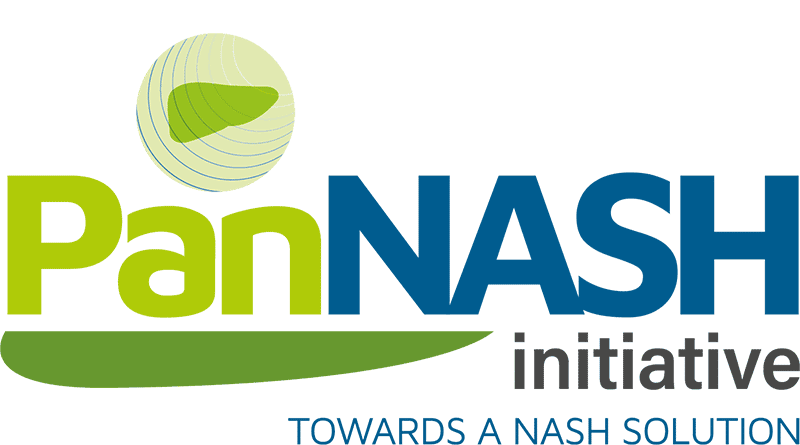NASH Observatory
⏿ The PanNASH Initiative is an interactive web-based platform presenting global NASH statistics to inform NASH control and research.
Diabetic kidney disease, cardiovascular disease and NAFLD
Awareness related to NAFLD in Mexican-origin women
Chronic vitamin C deficiency decreases NAFLD progression
This animal study aimed to reveal the role of vitamin C in NAFLD progression
NAFLD and carotid Intima-media thickness in Nepal
MAFLD: brain-gut-liver axis and insulin resistance
There are many complex physio-pathologic connections within the brain, gut, and liver axis. This review by E. Rebelos et al. (University of Turku, Finland) is focused on the early pathophysiology of brain, gut, and liver axis in the context of insulin resistance and specifically addresses two pillars of hepatic insulin resistance....
Asia, Middle East, North Africa: burden of NAFLD
Using Global Burden of Disease data, P. Golabi et al. (Inova Health System, USA) aimed to assess the incidence, mortality, and disability-adjusted life years attributable to NAFLD-related liver complications in Asia, the Middle East and North Africa. As stated by the authors in their conclusion, “NAFLD is poised to contribute to a substantial...
FIB-4 and NFS: which performance?
M. Castellana et al. (National Institute of Gastroenterology "Saverio de Bellis," Research Hospital, Italy) conducted a meta-analysis to assess the performance of the FIB-4 and NFS scores, the 2 most common non-invasive tools, for the appropriate selection of subjects with AF for biopsy. A total of 18 studies evaluating 12,604 subjects were included...
NAFLD/NASH: clinical, economical, and patient related burdens
In this review, the authors focus on NAFLD / NASH and its clinical, economical, and patient related burdens.
Enhanced liver fibrosis test and recognition of liver fibrosis
This retrospective cross-sectional study was conducted among patients recruited from a large, community-based hospital system's outpatient liver clinic from 2001 to 202 in order to determine the performance of the enhanced liver fibrosis (ELF) test as a non-invasive test for assessment of liver fibrosis among patients with NAFLD...
Lifestyle prevention & treatment for NAFLD

Currently, there are no Food and Drug Administration (FDA)-approved or European Medicines Agency (EMA)-approved therapies for NASH and only lifestyles interventions are recommended for the treatment of NAFLD. Prof Zelber-Sagi (Haifa, Israel) reviews best practices for lifestyle interventions in patients with NAFLD. She warns us against ultra-processed foods and drinks, that are so common in the Western world. She also highlights the benefits of the Mediterranean diet and physical activity.
NASH Epidemic: a call to action
NAFLD and NASH are common conditions with a rising burden. As pointed out by F. Kanwal et al. (Baylor College of Medicine, and Michael E. DeBakey Veterans Affairs Medical Center, Houston,USA), “yet there are significant management gaps between clinical guidelines and practice in patients with NAFLD and NASH. Further, there is no single...
